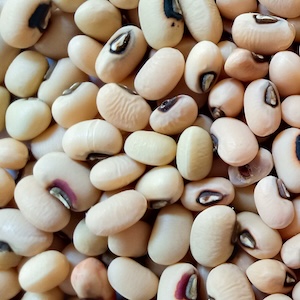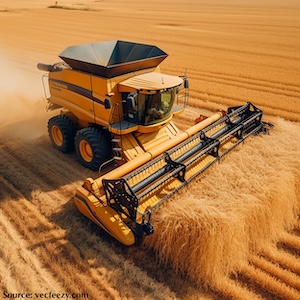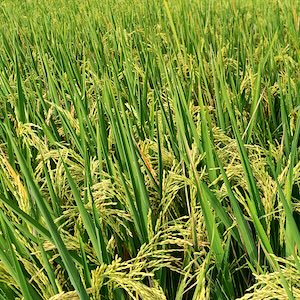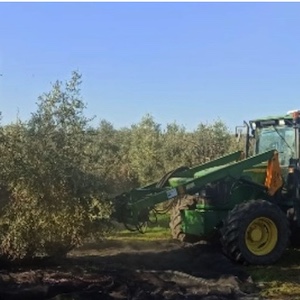Tomato leaf diseases recognition based on deep convolutional neural networks
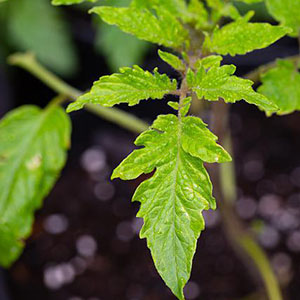
All claims expressed in this article are solely those of the authors and do not necessarily represent those of their affiliated organizations, or those of the publisher, the editors and the reviewers. Any product that may be evaluated in this article or claim that may be made by its manufacturer is not guaranteed or endorsed by the publisher.
Authors
Tomato disease control remains a major challenge in the agriculture sector. Early stage recognition of these diseases is critical to reduce pesticide usage and mitigate economic losses. While many research works have been inspired by the success of deep learning in computer vision to improve the performance of recognition systems for crop diseases, few of these studies optimized the deep learning models to generalize their findings to practical use in the field. In this work, we proposed a model for identifying tomato leaf diseases based on both in-house data and public tomato leaf images databases. Three deep learning network architectures (VGG16, Inception_v3, and Resnet50) were trained and tested. We packaged the trained model into an Android application named TomatoGuard to identify nine kinds of tomato leaf diseases and healthy tomato leaf. The results showed that TomatoGuard could be adopted as a model for identifying tomato diseases with a 99% test accuracy, showing significantly better performance compared with APP Plantix, a widely used APP for general purpose plant disease detection.
How to Cite

This work is licensed under a Creative Commons Attribution-NonCommercial 4.0 International License.







